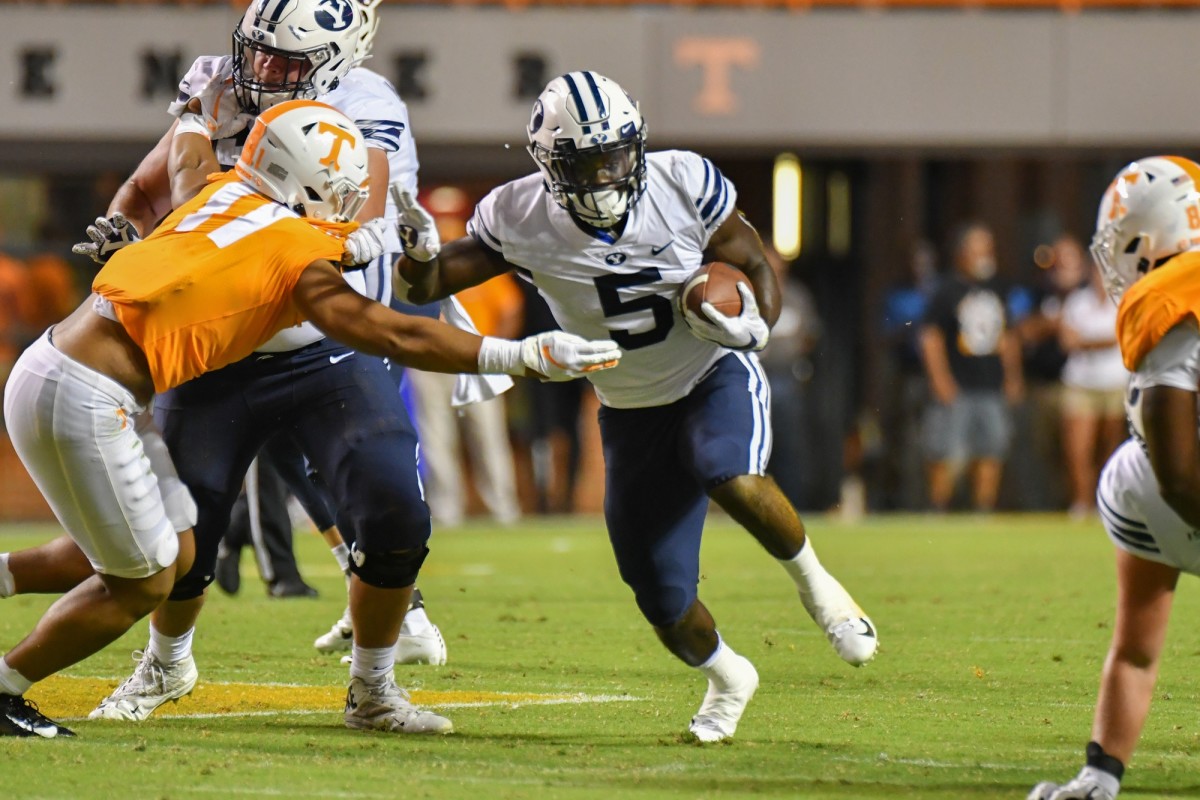BYU's Revenue Nearly Doubled in the Independence Era
Last year, BYU wrapped up the independence era with a bowl victory over SMU. The independence era began in 2011 when BYU left the Mountain West Conference and it lasted 12 seasons. The independence era came with pros and cons for BYU and its fans (more on that below). Ultimately the decision to leave the Mountain West Conference was a financial survival tactic to close the gap on the Power Five as much as possible. It wasn't as lucrative as a Power Five TV contract, and frankly it wasn't close, but going independent kept BYU as financially competitive as possible and maintained BYU's preparedness to join the Power Five when the long awaited invitation finally came in 2021.
From 2008-2010, the final three years in the Mountain West Conference, BYU athletics averaged $40.7M in revenue. Towards the end of the independence era from 2017-2019, BYU averaged $75.8M in revenue. That's an 86% increase, nearly double what it earned in its final seasons in the Mountain West conference. 2020 is the most recent year of data available, but we excluded 2020 due to the COVID-19 pandemic when fans were not allowed to attend most home games. Below is a view of BYU's revenue from 2008-2020.

Author note: Earnings and expense data courtesy of the US Department of Education
Where did BYU Invest its Money?
Given BYU's revenue growth during the independence era, the next logical question is where did BYU invest its money?
2008-2010 Average | 2017-2019 Average | $ Variance | % Variance | |
|---|---|---|---|---|
Revenue | $40.7m | $75.8m | $35.1m | 86% |
Head Coach Salaries | $3.1m | $5.2m | $2.1m | 68% |
Assistant Coach Salaries | $3.4m | $6.0m | $2.6m | 79% |
Recruiting Expenses | $690.3k | $1.1m | $440k | 64% |
Operating Expenses | $5.3m | $10.4m | $5.1m | 96% |
Student Aid | $4.0m | $6.2m | $2.2m | 56% |
The largest increase came in operating expenses, a $5.1m average increase. These operating expenses are specifically categorized in the report as game-day expenses. $4.7m incremental increase was spent on coaching salaries, a sign of the growing compensation competition in the coaching industry over the last decade.
Most notable, in this author's opinion, was the $440k increase in recruiting expenses. Since 2010, college programs have invested millions to bolster their recruiting efforts. BYU didn't ramp up its recruiting investment as quickly as most Power Five programs. The University of Utah, for example, increased its recruiting spend by 159% over the same time period. On average, Utah spent $1.8m annually from 2017-2019 on recruiting compared to $1.1m spent by BYU.
As BYU moves into the Big 12, it will have to invest more in recruiting. All signs point towards BYU being willing to do that - BYU has already invested more in recruiting since accepting a Big 12 invite.
The remainder of the revenue is categorized as unallocated in the report.
Pros and Cons of the Independence Era

Independence came with pros and cons - the 2022 season epitomized some of those pros and cons for BYU and its fans. On one hand, BYU played in front of millions and people on national television. BYU fans also had the opportunity to watch BYU take on Baylor, Oregon, Notre Dame, and Arkansas among others. On the other hand, an early season loss to Oregon highlighted perhaps the greatest downside of the independence era. After that loss, BYU technically didn't have anything to play for besides a lower level bowl that turned out to be the New Mexico Bowl against SMU.
National exposure was a primary goal of the independence era, and BYU accomplished that goal with most of its games on national television. Additionally, games like the ones against Texas, Wisconsin, Tennessee, USC, and Nebraska will go down as some of the best in program history. Most importantly, BYU stayed as relevant as possible during an era where the divide between the "haves" and the "have nots" grew wider than ever before.
The cons of the independence era took their toll on the fanbase. November games often lost their luster and they made an impact over time. Let alone the impact to other sports like men's basketball.
It wasn't the ideal solution. The ideal solution would have been a Power Five conference. BYU was between a rock and a hard place, and Tom Holmoe deserves credit for taking the path that would allow BYU to close the financial gap as much as possible.
The long wait is over. BYU joins the Big 12 in 2023.
Follow us for future coverage:
Facebook - @CougsDaily
Twitter - @Cougs_Daily and Casey Lundquist at @casey_lundquist
Instagram - @cougs_daily
